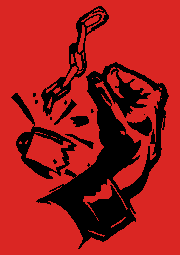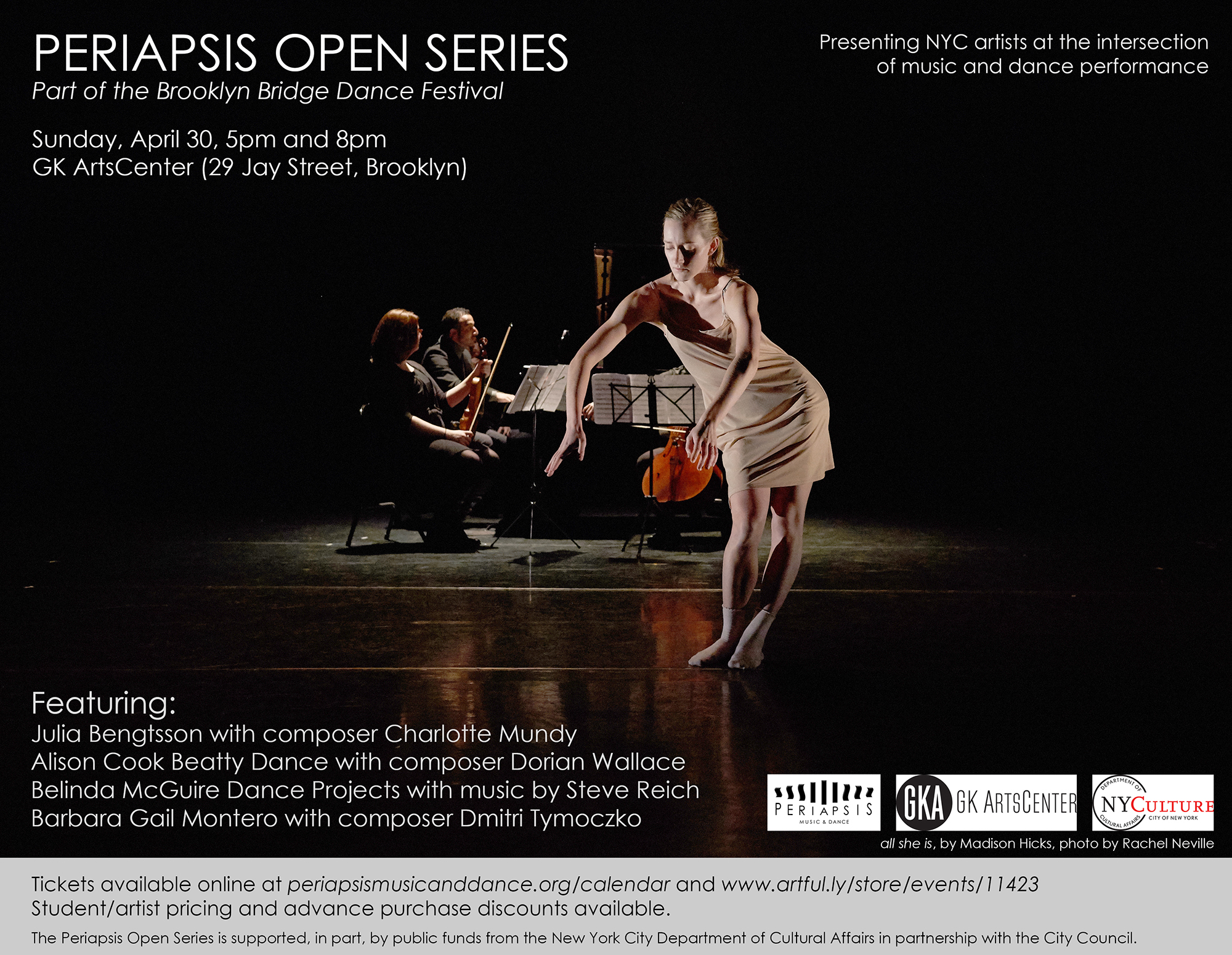|
From Barbara:
Polio/Parents/Process
I have been reading The Moth in the Iron Lung, a riveting book probing the conditions that fostered the polio epidemic of the first half of the 20th century. I had frequently heard about the ravishes of polio from my father who immigrated to United States from Spain after he was invited to develop rehabilitation treatments for the paralysis accompanying the most severe form of the illness. Viruses, as is becoming apparent to us all, keep their aspirations hidden, and the poliovirus, though it has been endemic since ancient times, is no exception. No one knows, for example, why it favors motor neurons for replication, nor why most people infected with it will be—to use a word one hears frequently these days—asymptomatic. Having lived through the calamity of polio, as well as the calamity of war—my father was an ambulance driver during the Spanish Civil War, my mother worked on decoding as a lieutenant officer during World War II—I imagine my parents would have been able to offer me a useful perspective on our current tragedy. In the Navy, my mother’s nickname was Termite because she was small and tough. I miss my parents; I am small but not at all tough. I miss my son and husband, who are in England. When will I see them again?
Polio also has a story to tell in the ballet world. Agon, one of the greatest ballets of the 20th century, is said to have been inspired by the daily physical therapy sessions Balanchine administered to his wife Tanaquil Le Clerq. At the age of twenty-seven, Le Clerq contracted polio while on tour with the company in Europe. She never walked again. I have no doubt that great art will arise from the ruins of the coronavirus pandemic. But how much better the world would have been if it were to have never happened, and how much better it would have been if Tanny had been spared.
I’ve been in awe of journalists and their ability to find the words to help us through this crisis. Because my cancellation of the print version of the New Yorker didn’t go through, each week I have the guilty pleasure of flipping those glossy pages (after, of course, putting them in quarantine for three days). The writing has been superb; even the “Goings on About Town” section has found a way to retain its appeal: the dancing in a Vimeo showing of “Let ‘im Move You: This is a Formation,” is “as much party as performance,” and videos of NYTB/Chamberworks’ “rigorous and taught” Tutor ballets illustrate the company’s “bracing sincerity.” Perhaps hard deadlines help journalists get their copy out; perhaps they are paid per assignment; perhaps they are better at dealing with crises than I am.
Nonetheless, I continue to work on the projects I described in my CBA proposal, projects that revolve around the role of conscious experience in expert performance—and a few hardish deadlines have certainly helped, as did the not only hardish but downright harsh urgings of a co-author. In a recent grant proposal, I even put in a word about how conscious attention to action is of paramount importance during this pandemic since we must now avoid both habitually touching our faces and habitually standing within speaking range of anyone we’re speaking with.
What I have let fall by the wayside is the project that had its birth at the center. I began my fellowship as a writer, but the studio space was so inviting and the encouragement I received from all of you so helpful that I had decided to create a workshop/dance performance on the topic of what philosophers refer to as “joint intentionality.” Joint intentionality is just a fancy way of talking about the ways in which we do things together, and philosophers are interested in understanding what goes on inside your mind when you act jointly. I was working with a trio of musicians, another dancer, and another philosopher. The session was to start by my asking you all to move the chairs and tables out of the way to clear the space for the exercises, and, then, only after you had finished doing this, reveal that this was the first exercise! From there, we would have moved on to a series of tasks during which we would gradually transform the activity of intentionally lifting a chair with a partner into dancing the tango with a partner. I had provisionally entitled the work-in-progress showing that was to follow, “We Intend,” and when I rehearsed with Greg, he kept asking, “but what is it that we intend?” I enjoyed the process.
Though my husband and son are in England, I am home with my thirteen-year old daughter, and we have been baking up a storm |



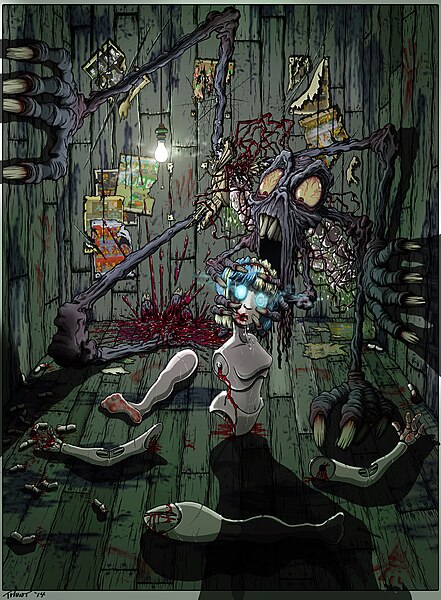

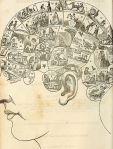
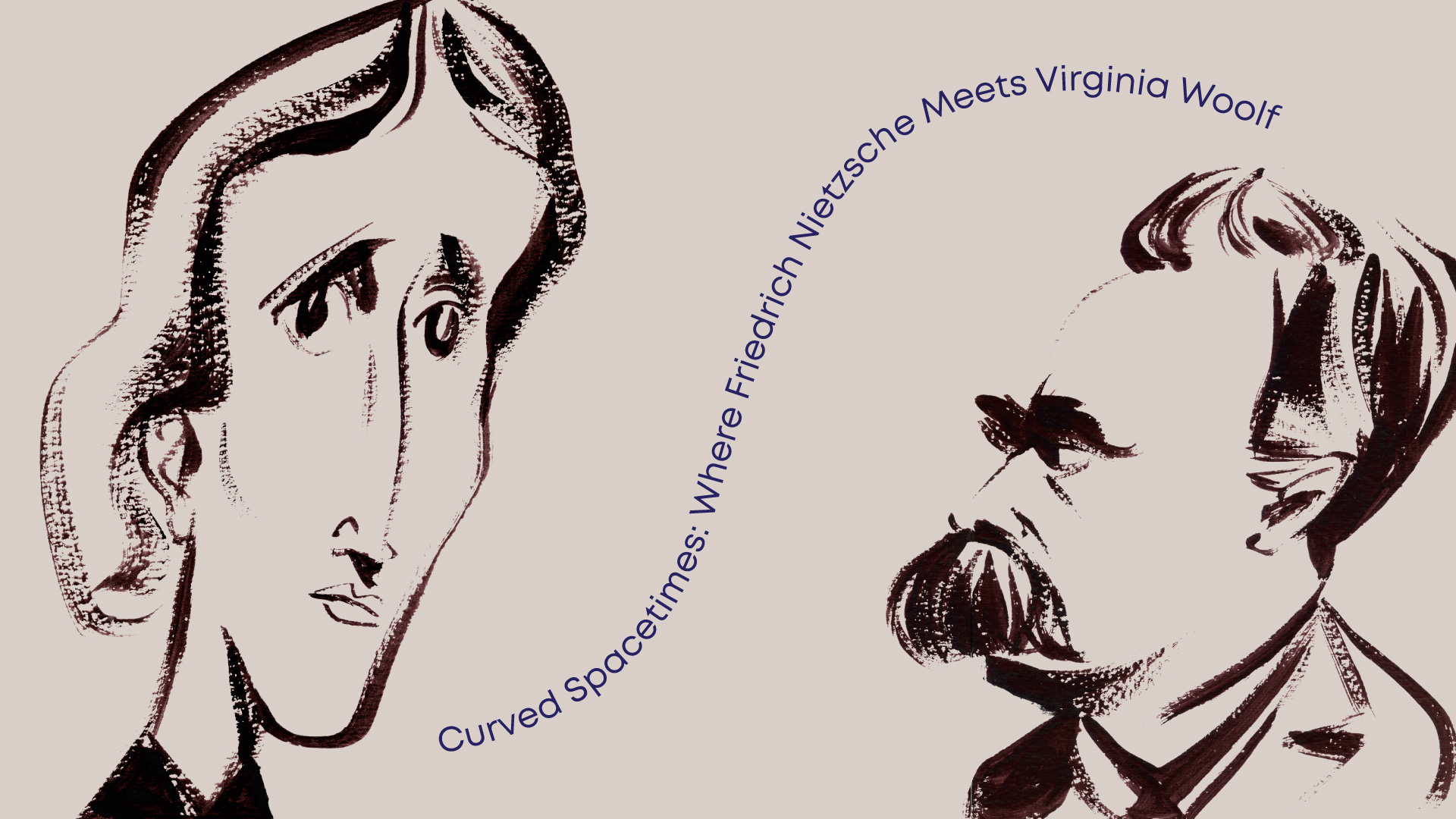



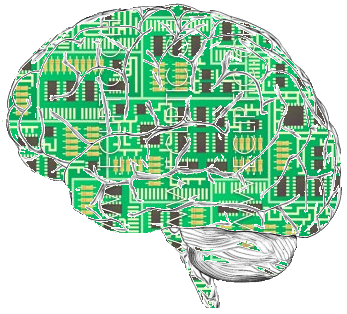

 Neural plasticity and GO GET ‘EM.
Neural plasticity and GO GET ‘EM.